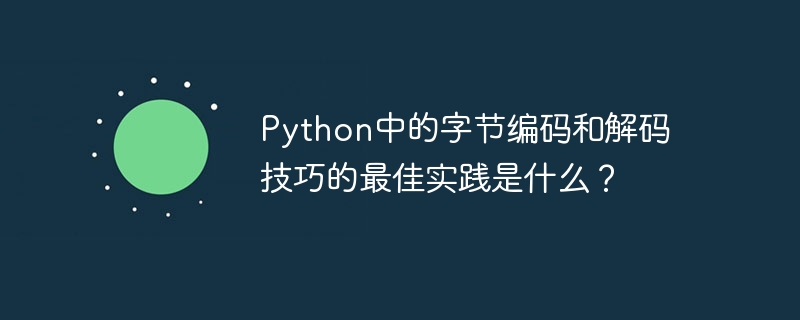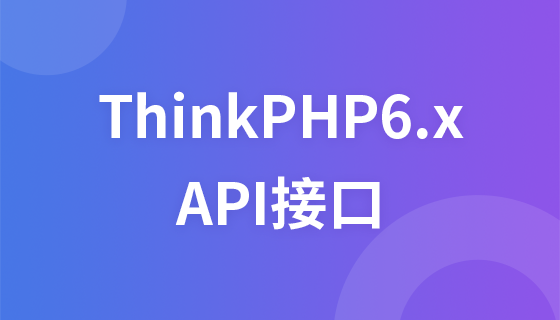
Python中的字节编码和解码技巧的最佳实践
在Python中,字节编码和解码是处理文本和数据的关键操作。正确的字节编码和解码技巧可以保证程序的正确性和运行效率。本文将介绍一些Python中的字节编码和解码的最佳实践,并提供具体的代码示例。
# 将字符串转换为字节
str = "Hello World!"
byte = str.encode('utf-8')
print(byte)
# 将字节转换为字符串
byte = b'Hello World!'
str = byte.decode('utf-8')
print(str)byte = b'é'
str = byte.decode('utf-8', errors='ignore')
print(str)import codecs
# 读取UTF-8编码的文本文件
with codecs.open('file.txt', 'r', 'utf-8') as file:
text = file.read()
print(text)
# 写入UTF-8编码的文本文件
with codecs.open('file.txt', 'w', 'utf-8') as file:
file.write('Hello World!')from urllib.parse import urlencode, quote, unquote
# URL编码
params = {'name': '张三', 'age': 20}
encoded = urlencode(params)
print(encoded)
# URL解码
decoded = unquote(encoded)
print(decoded)
# 字符串URL编码
str = '你好'
encoded = quote(str)
print(encoded)
# 字符串URL解码
decoded = unquote(encoded)
print(decoded)在进行字节编码和解码时,需要注意编码方式的选择和错误处理的方法。通过使用Python提供的内置函数和模块,可以简化字节编码和解码的操作,并提高程序的性能和稳定性。
总结起来,Python中字节编码和解码的最佳实践包括使用正确的编码、字符串与字节之间的转换、错误处理、文件的编码和解码,以及处理URL编码和解码。以上技巧可以帮助开发者更加高效和准确地处理字节编码和解码的操作。
立即学习“Python免费学习笔记(深入)”;
以上就是Python中的字节编码和解码技巧的最佳实践是什么?的详细内容,更多请关注php中文网其它相关文章!

每个人都需要一台速度更快、更稳定的 PC。随着时间的推移,垃圾文件、旧注册表数据和不必要的后台进程会占用资源并降低性能。幸运的是,许多工具可以让 Windows 保持平稳运行。




Copyright 2014-2025 https://www.php.cn/ All Rights Reserved | php.cn | 湘ICP备2023035733号